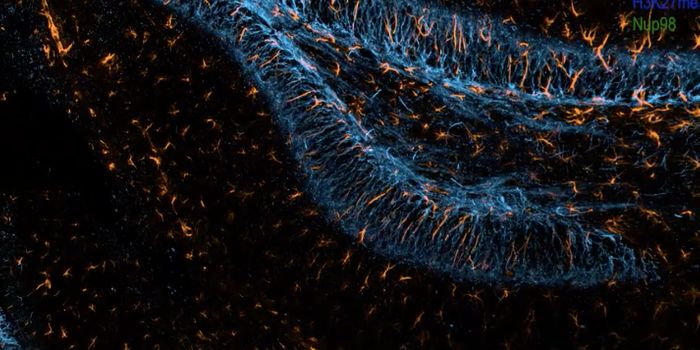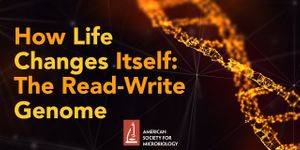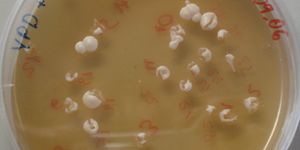Inflammation Monitoring Tool may Reduce Animal Experimentation Deaths
New work from investigators at the Graduate School of Biosphere Science at Hiroshima University may significantly impact drug testing on animals. The scientists have developed a way to assay the anti-inflammation characteristics of supplemented health foods and medicines. They identified a gene that is directly involved in the low-grade inflammation that accompanies obesity, and engineered a mouse that reports activity in that gene, creating a non-invasive assessment tool. You can learn more about this work, which has been published in Nature, from the video below.
"Animal experimentation is a serious social problem in developed countries, with many animals being sacrificed in order to develop medicines, cosmetics and functional foods for humans. What we are proposing is a way to reduce not only the number of animals which are used in experiments, but also animal experiments themselves," explained Associate Professor Noriyuki Yanaka, who led researchers at Hiroshima University in this work.
Obesity is a global health problem, and is only on the rise. There are many physiological disorders associated with obesity, such as cardiovascular disease, some cancers and type 2 diabetes. Overfed cells get physically damaged and the immune system responds by sending in white blood cells, macrophages. That influx of macrophages has been described in numerous studies; the strained physiology of these cells is an unhealthy brew for the body, encouraging the development of deadly diseases.
Investigating that inflammation spells death for laboratory animals all over the world. The animals usually have to be sacrificed for study, which also means that many studies don't look at what is happening over years, focusing instead on short term effects and high turnover in animal colonies.
This new method can also help reduce unnecessary deaths due to unsuccessful assessment of inflammation in fatty tissues. A reliable reporter of that inflammation has been found after investigation a number of different genes, this specific gene is highly active in fatty tissues that are seeing a lot of inflammation from the action of macrophages. The Serum Amyloid gene, Saa3, becomes active when fatty tissue is inflamed. Levels of the active gene can be measured, making a non-invasive drug testing process possible.
The scientists have made a mouse that carries an Saa3 gene attached to what is referred to as a luciferase reporter. A natural gene from fireflies, luciferase can be made to emit light under specific conditions; in this case the luciferase reporter with make the Saa3 gene light up in fatty tissues that are experiencing inflammation.
The mouse was challenged with different diets as well, one was a natural diet like way a mouse would get in the wild, the other was high in fat. The bioluminescence was detectable in living mice, and it showed high amounts of light coming from fatty tissue in obese mice. In the natural, wild fed mice, no light was detected, proving the principle of the work.
Professor Yanaka stresses that mice in laboratories will still be terminated, especially when needed for additional study. However, it can now occur at completely different time point and it could become much more selective. Yanaka predicts that the number of experimental animals required will be significantly reduced.
Below, check out an explanation of the genetic mechanism from the Nature publication.
Sources: AAAS/Eurekalert! via Hiroshima University, Nature

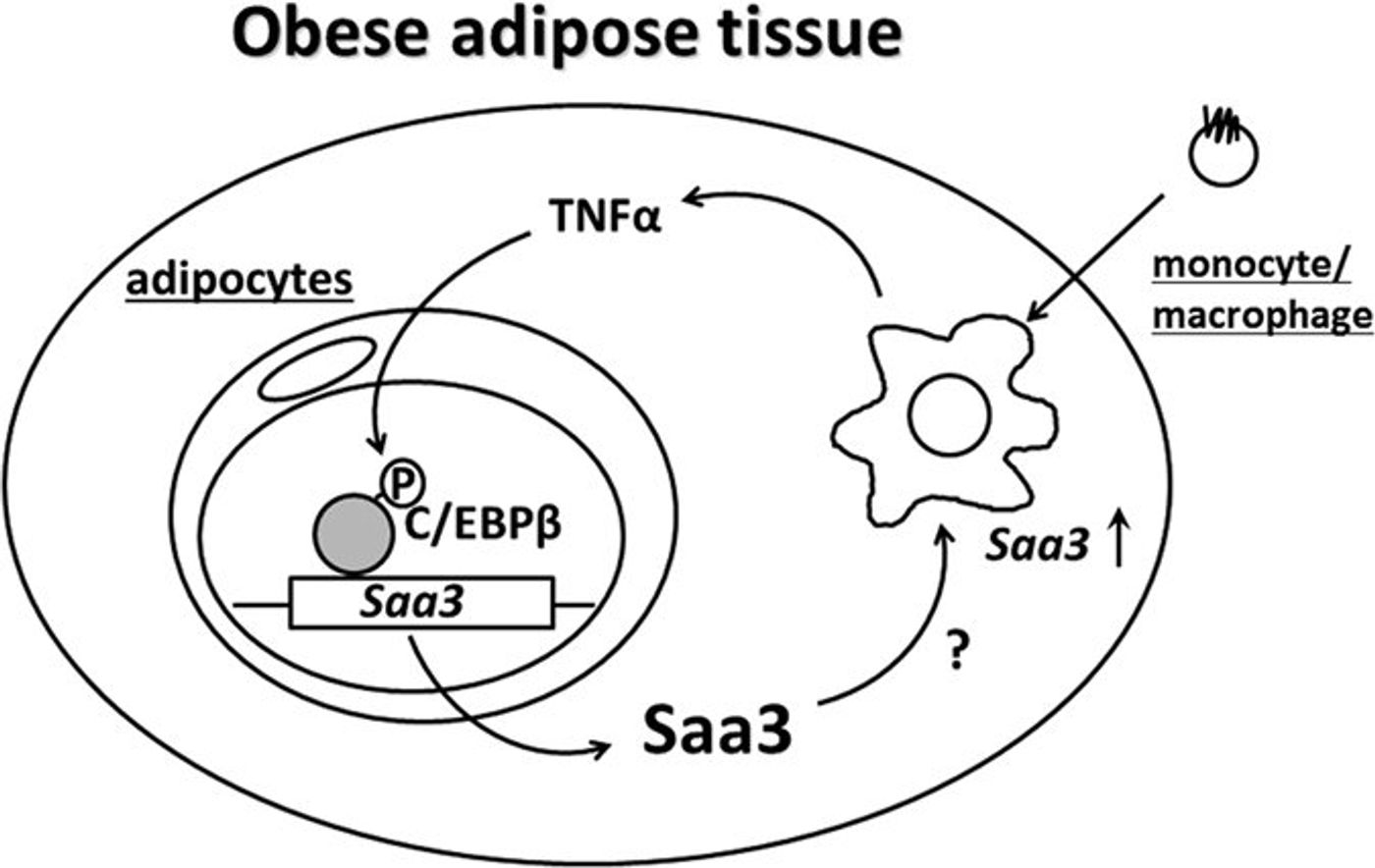

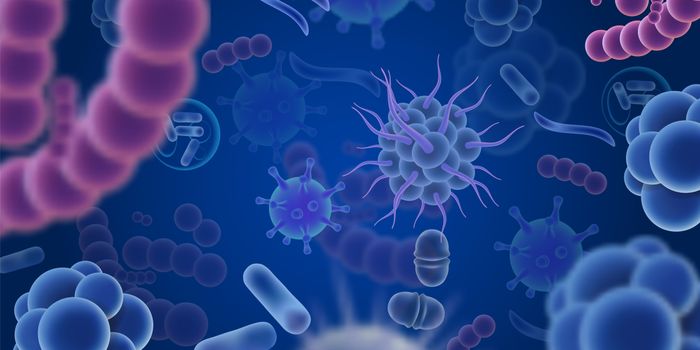
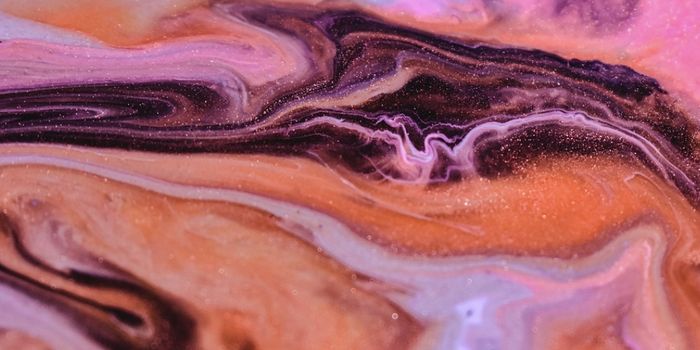
![Master Lab Weighing: Accuracy, Compliance & Audits [eBook]](https://d3bkbkx82g74b8.cloudfront.net/eyJidWNrZXQiOiJsYWJyb290cy1pbWFnZXMiLCJrZXkiOiJjb250ZW50X2FydGljbGVfcHJvZmlsZV9pbWFnZV85MWRmZmRjMDIwNDBlMWJjMzYwN2ZiYWY2ZjI4ZGMzYzBmZGMwZGMyXzkxOTcucG5nIiwiZWRpdHMiOnsidG9Gb3JtYXQiOiJqcGciLCJyZXNpemUiOnsid2lkdGgiOjcwMCwiaGVpZ2h0IjozNTAsImZpdCI6ImNvdmVyIiwicG9zaXRpb24iOiJjZW50ZXIiLCJiYWNrZ3JvdW5kIjoiI2ZmZiJ9LCJmbGF0dGVuIjp7ImJhY2tncm91bmQiOiIjZmZmIn19fQ==)


